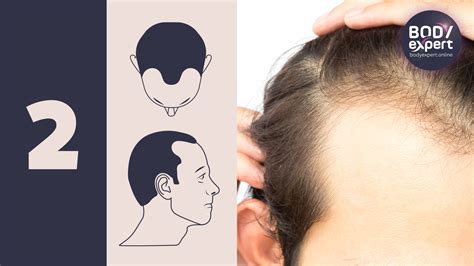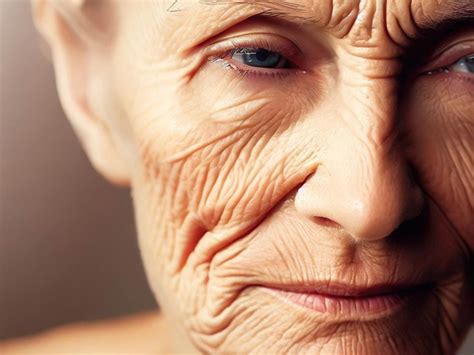Understanding Male Pattern Baldness (Androgenetic Alopecia)
Male pattern baldness, medically known as androgenetic alopecia, is the most common type of hair loss in men. Characterized by a receding hairline and/or thinning on the crown, it’s primarily caused by a combination of genetics and the male hormone dihydrotestosterone (DHT). While often associated with aging, the onset of this condition can actually begin much earlier than many realize, spanning a wide age range.
The Early Years: Onset in Teens and Twenties
For some men, the first signs of male pattern baldness can appear as early as their late teens or early twenties. This early onset is often strongly linked to a genetic predisposition. Individuals who notice significant hair thinning or a receding hairline before the age of 25 may experience a more aggressive progression of hair loss over time. Initial signs might include a slight recession at the temples, a widening part, or increased shedding.

The Most Common Period: Twenties and Thirties
The majority of men begin to experience noticeable male pattern baldness during their late twenties and thirties. This period is considered the typical age range for the onset and progression of androgenetic alopecia. Hair loss during this time often follows predictable patterns, such as the gradual recession of the hairline (forming an ‘M’ shape) and/or thinning at the crown (vertex). The Norwood scale is commonly used to classify the severity and pattern of hair loss, with stages progressing through these decades.
It’s during these years that many men first seek solutions or advice, as the changes become more apparent and can impact self-esteem. The rate of hair loss can vary greatly, from a slow, almost imperceptible thinning to a more rapid loss over a few years.

Later Onset: Forties and Beyond
While less common for the initial onset, some men may not experience significant male pattern baldness until their late thirties, forties, or even later. In these cases, the hair loss might be slower and less extensive, or it could be that their genetic predisposition leads to a delayed manifestation. It’s also possible that men who experienced very subtle thinning in their younger years only notice it becoming significant as they age and hair naturally thins further.
Factors Influencing Onset and Progression
Several factors contribute to when male pattern baldness begins and how quickly it progresses:
- Genetics: Family history, especially on the maternal side, is a strong indicator.
- Hormones: The sensitivity of hair follicles to DHT is crucial.
- Age: The likelihood of experiencing some degree of hair loss increases with age.
- Ethnicity: Prevalence varies among different ethnic groups.
- Lifestyle: While not a direct cause, severe stress, poor nutrition, and certain medical conditions can exacerbate or accelerate hair thinning.

Prevalence by Age Group
Statistics highlight the increasing prevalence of male pattern baldness with age:
- By age 35: Approximately two-thirds of men will experience some degree of hair loss.
- By age 50: Around 85% of men will have significantly thinning hair.
- By age 80: The vast majority will experience considerable hair loss, though the extent varies widely.
These figures underscore that while onset can be early, the condition is progressive and affects most men over their lifetime to some degree.

Conclusion
The typical age range for the onset of male pattern baldness is broad, generally spanning from the late teens through the thirties, with many experiencing noticeable changes in their twenties and thirties. While a genetic predisposition often dictates when it starts and how quickly it progresses, individual experiences vary widely. Understanding that hair loss can begin at different stages of life can help men manage expectations and, if desired, explore available treatment options with a healthcare professional or dermatologist.





